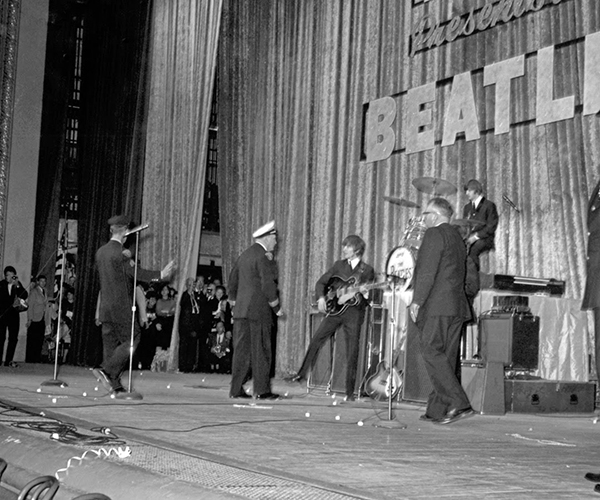Past the turnstile bars and the gnarled yellow-brown box elder tree, I find a trail reminiscent of a Halloween corn maze: Chest-high goldenrod grasses edge the path that loops around Cleveland Lakefront Nature Preserve's beak-shaped peninsula.
The unseasonable 66-degree March air has a hint of October, too. A red-winged blackbird glides onto a tree branch and reveals itself. From the flurry of high-pitched chirps from above, it's clear it's not the only one fluttering about the preserve; the 88-acre peninsula along North Marginal Road is a rest stop for more than 280 species of migrating birds.
Last February, the preserve once open to the public just a few times a year, became a year-round destination for people, too. "It's for quiet enjoyment," says William Friedman, president and CEO of the Cleveland-Cuyahoga County Port Authority, which manages the land. "Hiking, bird watching, enjoying the view, enjoying the serenity."
Spring is a good time to visit. Birds of all colors and sizes use the area to nest and stock up on food before crossing Lake Erie to Canada, says Harvey Webster, director of wildlife resources at the Cleveland Museum of Natural History. They wait until winds from the south arrive to help them fly north.
"[As a bird], you're looking down and all you see is buildings and cars and people," says Friedman. "But now, the birds see this lush preserve and think, This looks like a nice hotel I could drop down into."
The area wasn't always a natural-looking bird habitat, though. A portion started out as a landfill. Then the Army Corps of Engineers used the spot, also known as Dike 14, to deposit sediment dredged from the Cuyahoga River. After 20 years, the dirt formed a stable peninsula. The Army Corps left the area and moved on to another deposit site in 1999.
Eventually, plants sprouted and animals wandered into the fertile area. Before long it was a home to turkey vultures, killdeer and great blue herons.
My 30-minute walk has been filled with birds, butterflies and other creatures. But the grand finale awaits. At the tip of the peninsula, I come to a clearing. I look west and see the silvery skyline of downtown Cleveland. I snap out of my feeling of seclusion and realize just how close I am to the city.
For years, park associations and research groups had debated who should take ownership of the land, and in 2001, the Port Authority took over responsibility.
"We reached the conclusion [that we needed] to get this thing open as soon as we can so people can enjoy it," Friedman says.
3 Birds
You Might See This Month



